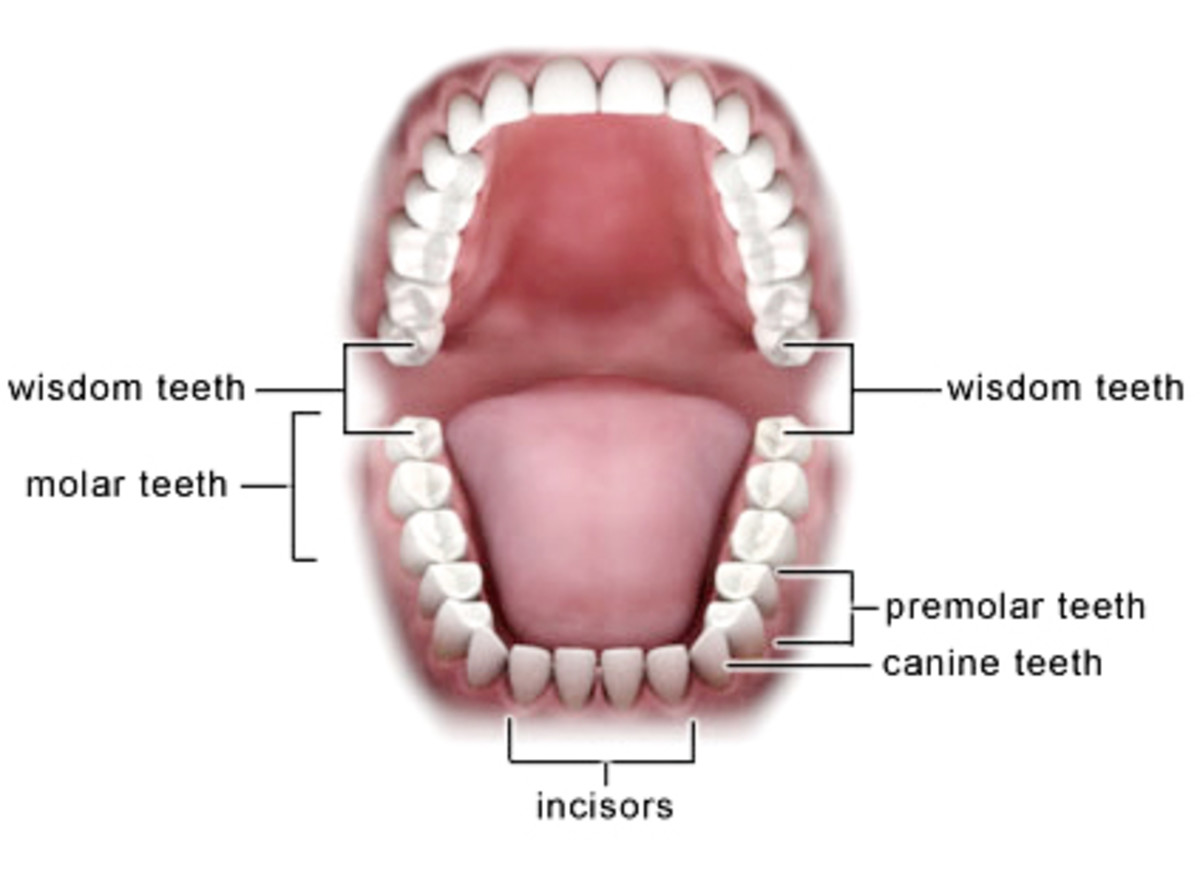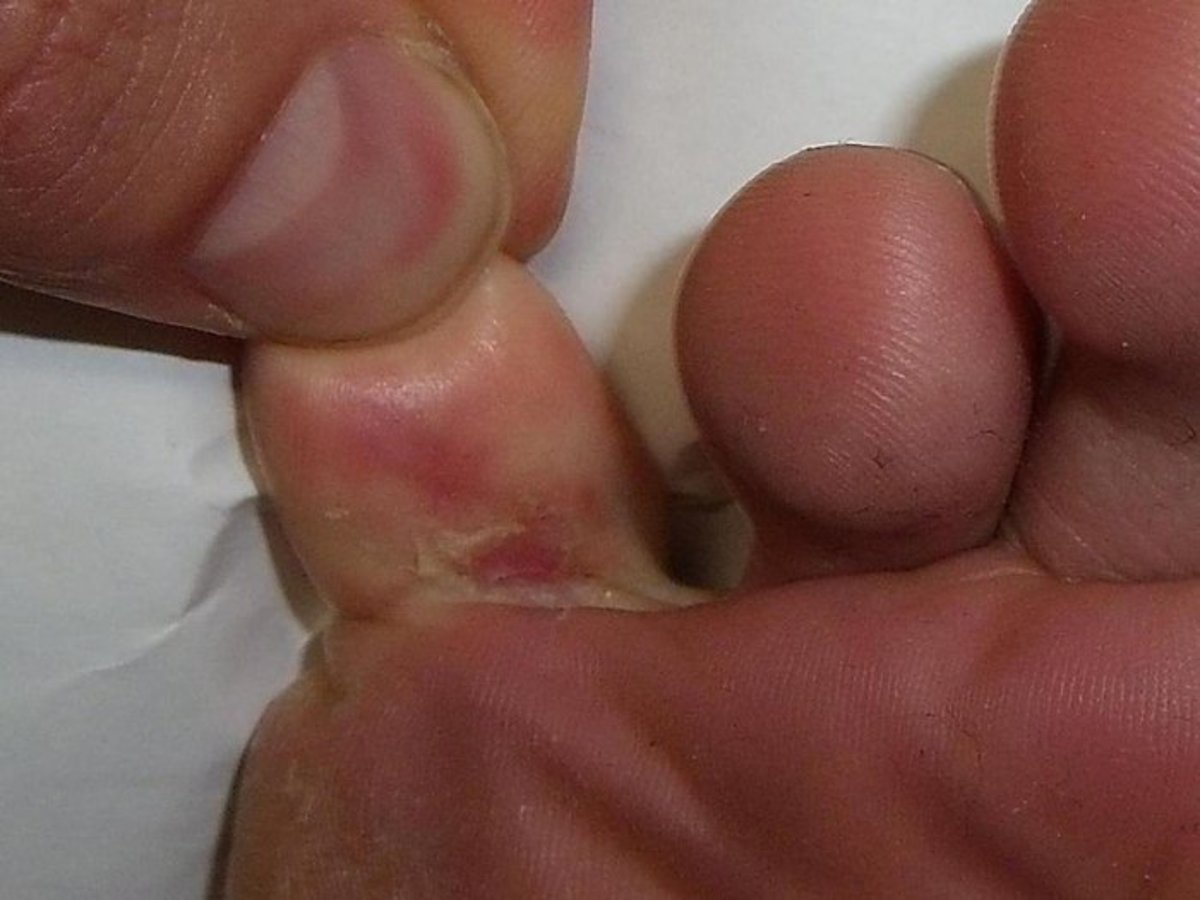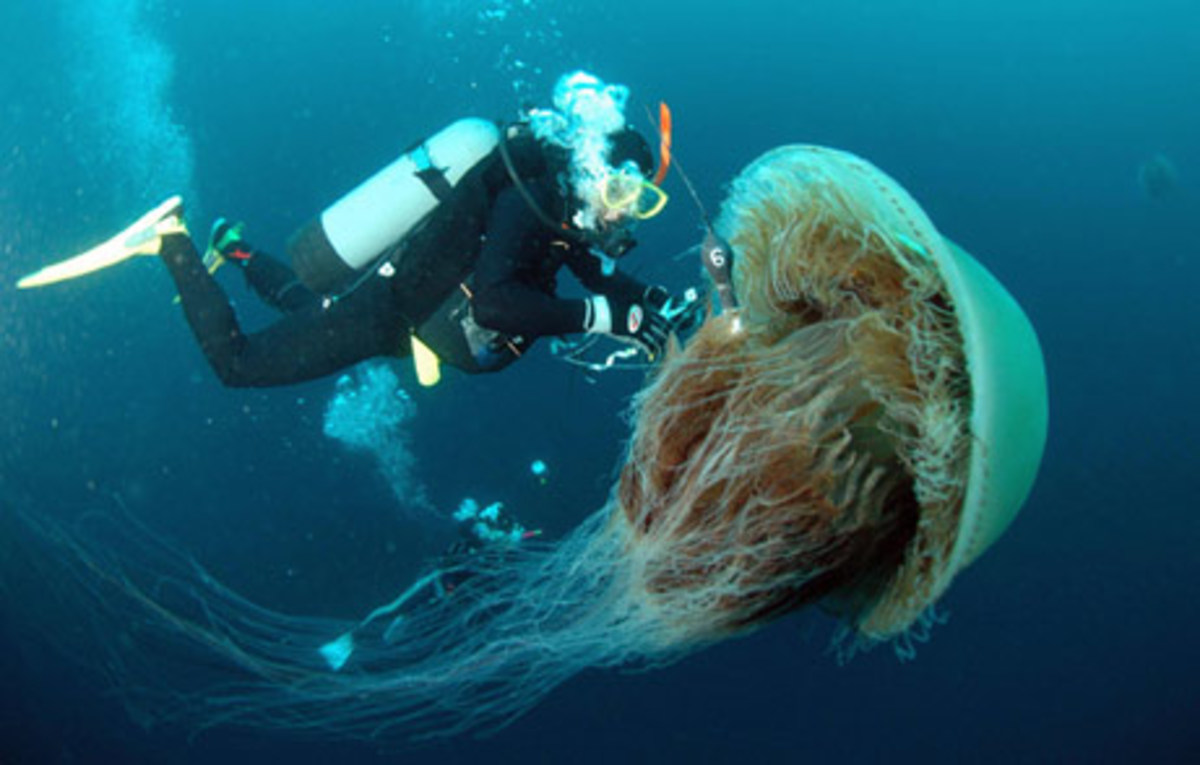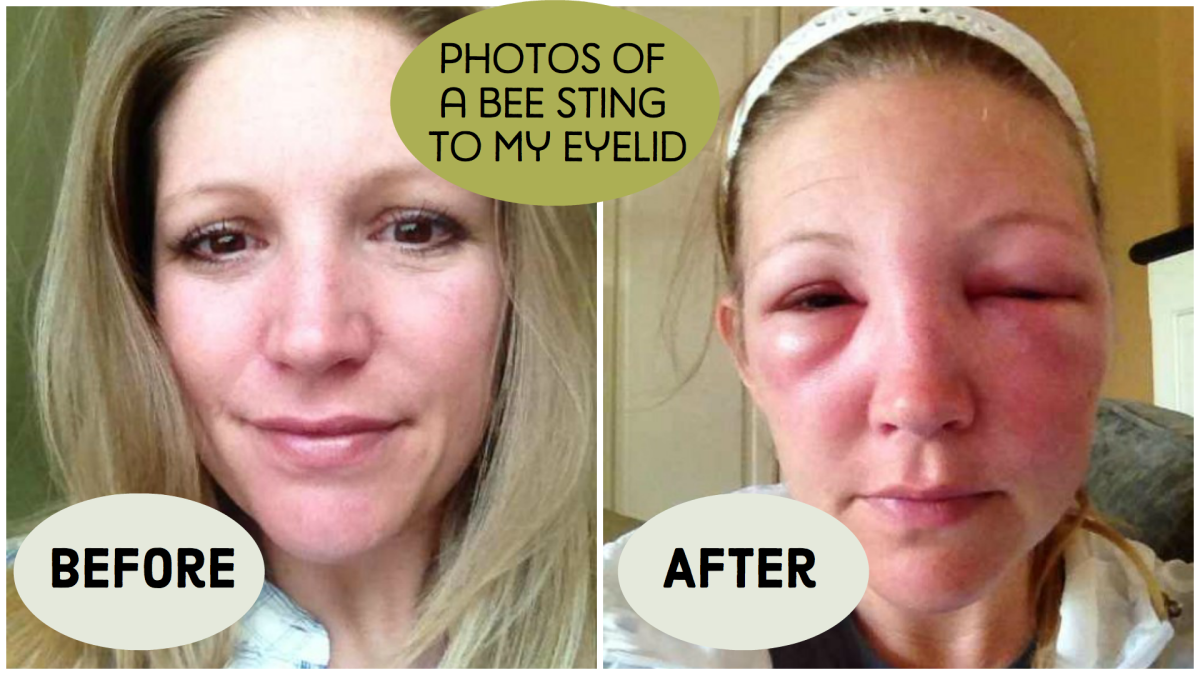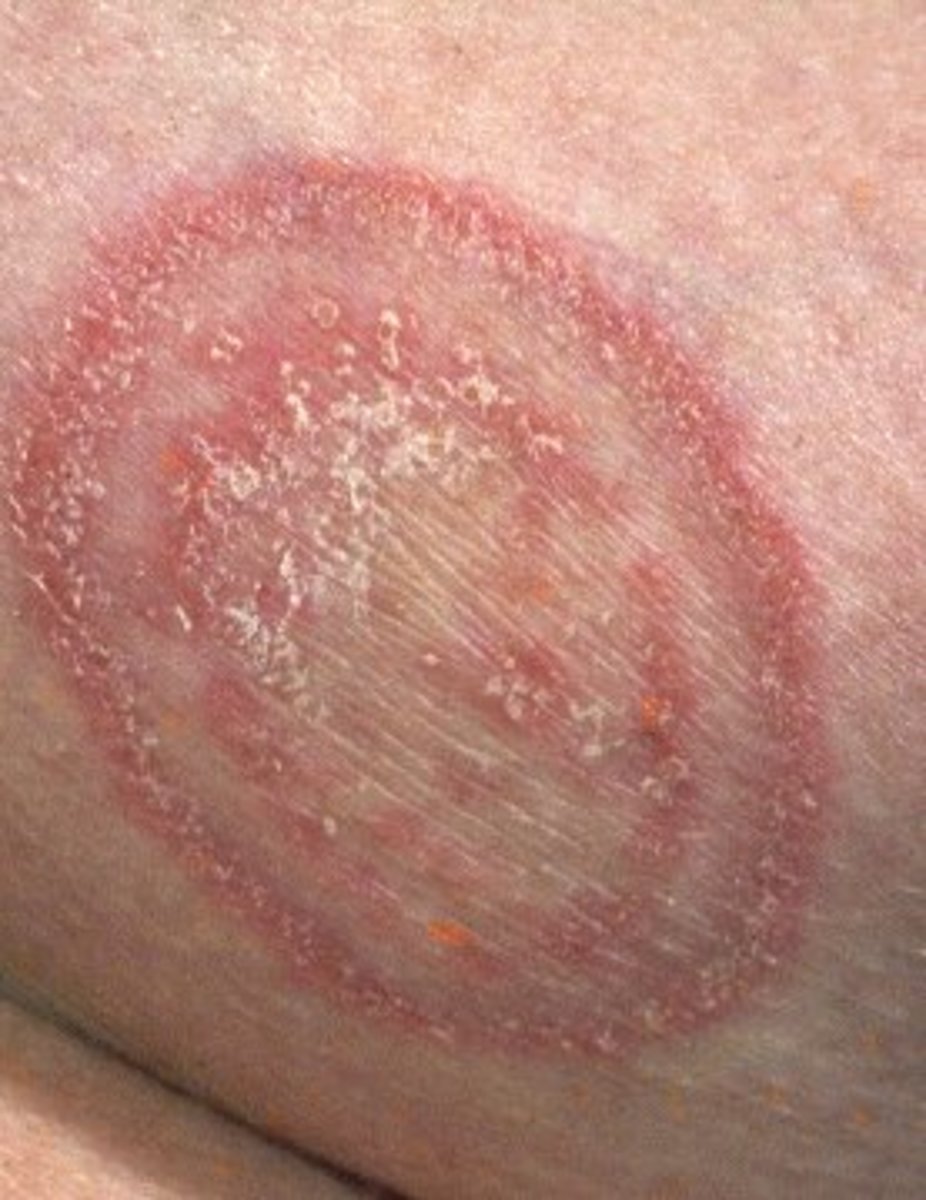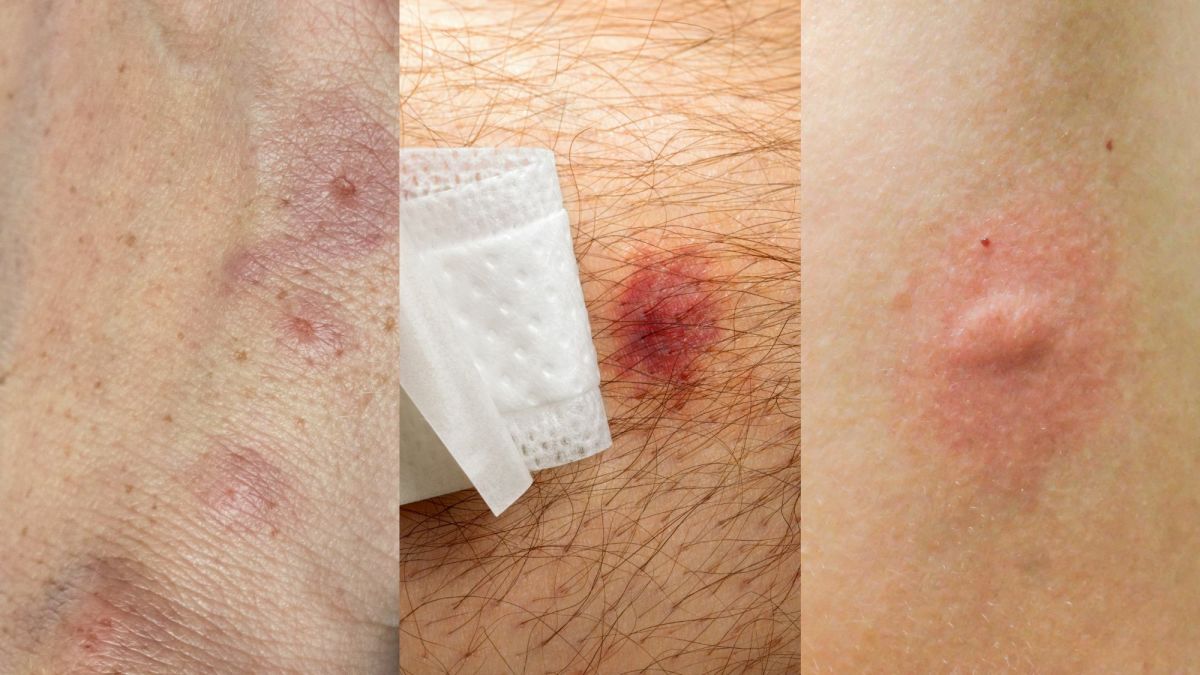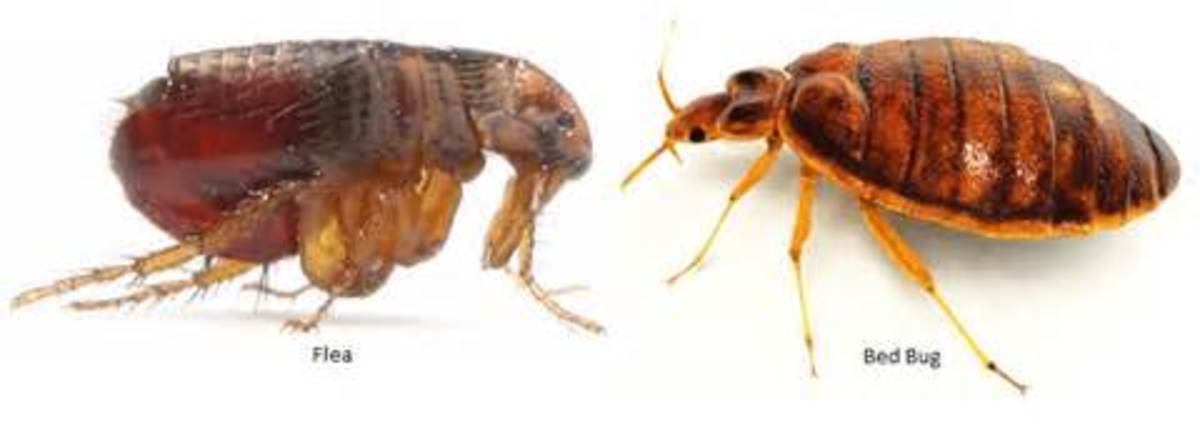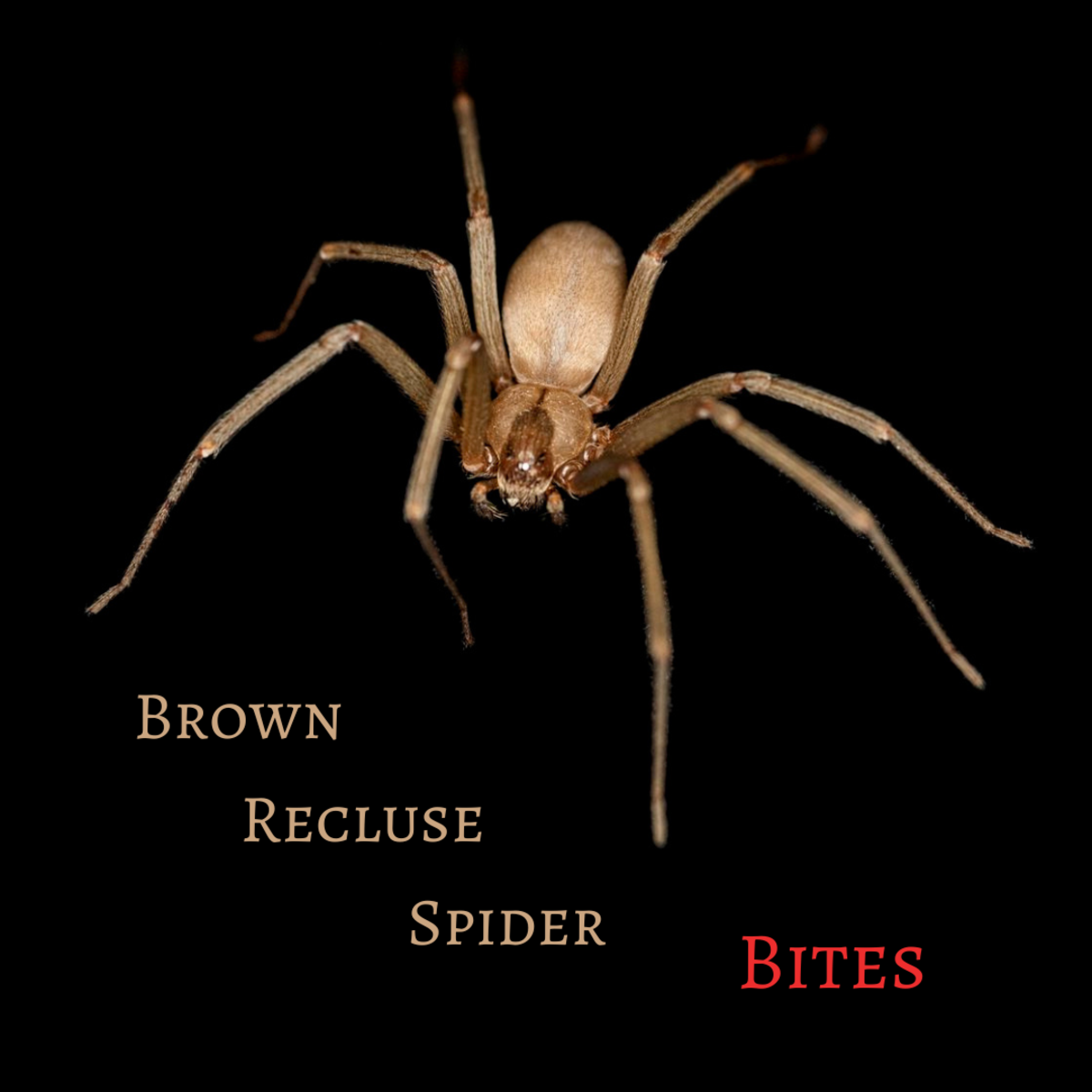- HubPages»
- Health»
- Diseases, Disorders & Conditions»
- Skin Diseases & Conditions
7 Easy Tricks for preventing and treating common skin problems
Vitamin B Insect Repellant
Mosquitoes and other similar flying insects can cause skin irritation when they bite you. These little blood suckers can cause sore, itchy, red skin that is really irritating and can in some cases prevent people from sleeping. Also excessive scratching of the bites can cause the affected areas to become infected. Worst of all in tropical and subtropical countries, mosquito bites can transmit deadly diseases such as malaria and Dengue fever. If you are planning on visiting these places it is a good idea to consult your doctor who will give you medical advice and may even prescribe a course of anti-malaria pills as a precaution.
To avoid getting bitten in the first place it is a good idea to pick up some insect repellant. There are loads available on the market and can be picked up at any good Pharmacist and some supermarkets. You could also try taking a daily does of 100mg vitamin B1 tablets, or 300mg of brewer's yeast as the Vitamin B1 has been found to act as a natural inset repellant. With all that B1 coursing through your veins you make a less tasty snack for these little winged beasts. It can take up to a week before you see the benefits though so it is a good idea to start taking the supplements up to a week before you go to places where there are mosquitoes and other flying insects that bite.
A honey bee
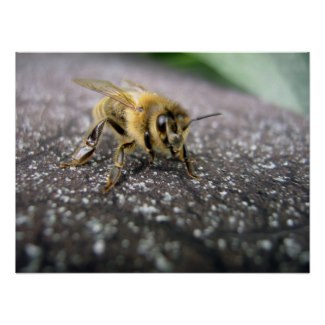
Combat stings
There are plenty of flying insects that like to suck your blood but there are also those that like to sting. Bees and wasps can give you a nasty little sting if you are not careful. It can turn a lovely summers day relaxing in your local park an unpleasant experience if one of these creatures decides to sting you.
You can combat these stings if you make sure you are prepared beforehand. Before going out on that beautiful summers day make sure that you have with you the following items:
- A small spray bottle of white vinegar
- A small container of bicarbonate of soda (often called baking soda)
Lets look at neutralizing a bee sting first. The venom in a bee sting is acidic so we can neutralize this by applying an alkaline mixture to the affected area. Mix up some bicarbonate of soda with a little water to make a paste. Spread the paste on the stung area and it will sooth the sting because the alkaline has neutralized the acid in the sting. Beware though a bees stinger is curved and can get hooked into the skin. It is a good idea to remove the stinger before applying the paste. Nettle stings are acidic as well so the bicarbonate of soda paste can help soothe nettle stings as well.
Wasp stings are different from bee stings. The venom produced by wasps is alkaline so would need an acidic mixture to neutralize it. That's where the vinegar comes in. Vinegar is acidic and can sooth a wasp sting in the same way that the bicarbonate of soda soothes a bee sting. The vinegar also works well on jellyfish stings as well.
Have you tried it?
Does yoghurt really work against cold sores?
Combat cold sores with yoghurt
Cold sores are very common and very easy to fight. You may find that cold sores occur at the most inconvenient times such as:
- A wedding
- Before a speech
- Before a photo event
- When moving house
- Other times of great stress
Most cold sores are caused by the common herpes virus. This particular virus lays dormant in your system just waiting for a stressful event to trigger it. You get stressed and then this horrible sore red lump forms on your face and causes embarrassment.
Well there is no need to fret because the answer is sat in your fridge. A spoonful of live yoghurt can help to relieve the cold sore. Just smear the yoghurt on the affected area two to three times a day and it will fight the virus. There are millions of good bacteria in cultured yoghurts and they don't just help with your digestive system. The millions of tiny organisms in a live yoghurt when smeared on a cold sore will fight the virus and will help to heal it faster.
Yoghurt Maker
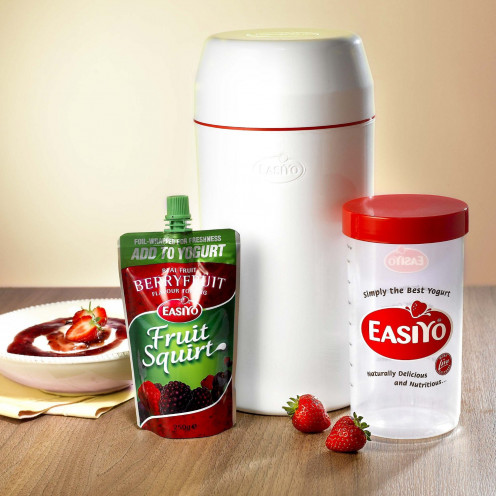
Summary so Far
- Vitamin B1 repels flying insects
- Treat bee stings with bicarbonate of soda
- Treat wasp stings with vinegar
- Yoghurt fights the common herpes virus
- PVA glue can be used to remove splinters
PVA glue for splinters
If you work with wood a lot or have wooden flooring there is a risk of getting a splinter. Splinters can be a real pain, especially if it is your child that gets one. A splinter is basically a small sliver of wood that gets stuck in your skin, usually in the hand or foot. If left unchecked a splinter can cause the part of your body it has embedded itself in to become infected. The most common way to remove a splinter is to get a sterilized pin or needle and use that to gouge the splinter out. Whilst this doesn't usually cause much pain it can be quite a chore and can be a really difficult method if you are removing a splinter from a child. A child sees you coming towards him with a needle he is going to squirm and make things take longer. A much easier way to remove a splinter is to grab a bottle of PVA glue. Put a large blob of the glue onto the splinter site. Once the glue has dried simply peel the glue off and the splinter should come away with the glue as if by magic.
Coconut oil for eczema
Vegetable oil soothes itches
Like many people I suffer from eczema. Eczema can be quite unsightly when it flairs up. Eczema is basically patches of really dry, itchy skin that appear all over the body. It is a really itchy skin complaint and has at times prevented me from getting a full nights sleep. The doctors have prescribed me Diprobase cream, which is a really good cream that moisturizes the skin and helps to soothe the itching. The problem is I don't always have eczema and I don't always remember to top up my prescription. If my eczema flairs up and I have no Diprobase in the house I don't worry because I discovered that vegetable oil can work. I rub some common vegetable oil (you know the stuff that you use for cooking) over the affected areas and then cover it up in clingfilm. I found that this helps to stop the itching and it helps to moisturize the skin too. Olive oil can work as well but is a lot more expensive.
Warning: Before trying this yourself you may want to test it on a small area of skin and keep an eye on it for 24 hours to make sure that it doesn't cause more irritation and that you are not allergic to it.
Onion Poster
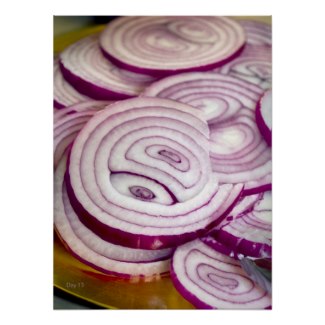
Beat bruises with an onion
Onions really can help to get rid of a bruise quickly.
Lets pretend that you have just fallen and bashed your knee. A nasty purple bruise is beginning to form. Quickly grab a fairly big slice of onion and hold it against the bruise for about 15 minutes. This will help to get rid of that unsightly bruise.
The reason that this works is that onions contain a substance called allicin. Allicin is the same chemical that causes people to cry when they slice onions.What allicin does in the case of bruising is it helps to flush away excess blood in the damaged tissue that leads to bruising.
The big problem is that the onion must be applied to the bruised area almost immediately. If it is not done straight away it will have no affect. All you will have is a bruised knee that smells of onion.
If you do miss the window there is another way of fixing the bruise and speeding up healing. Grab some Witch Hazel from any good supermarket or drug store and dab it on the bruise. Then all you have to do is apply an ice-pack or some ice wrapped in a clean towel and hold it on the bruise for about five minutes. This will have the effect of constricting the blood vessels therefore preventing blood from getting into the damaged tissue.
Bicarbonate of soda for Athlete's foot
Athlete's foot can be incredibly irritating and can become quite sore. Athlete's foot is caused by moisture remaining between the toes and fungus growing there. In between your feet is warm and is great for the annoying itchy fungus that can grow there.
To prevent athlete's foot from forming all you have to do is dry your feet thoroughly after a bath or shower and then sprinkle some bicarbonate of soda between your toes and on your feet. The bicarb absorbs moisture so it will help prevent the fungus from forming. Talcum powder can be used to achieve the same effect.
If you already have athletes foot then you can get rid of it by using garlic. Garlic contains a powerful anti-fungal agent (ajoene) so is perfect for fighting athlete's foot. All you need to do is crush up about 6 cloves of garlic into approx 2 table spoons of olive oil. You then cover the mixture and leave it for a few days for the garlic to infuse the oil. Then you strain the oil and apply it to the infected area once a day until it clears.


